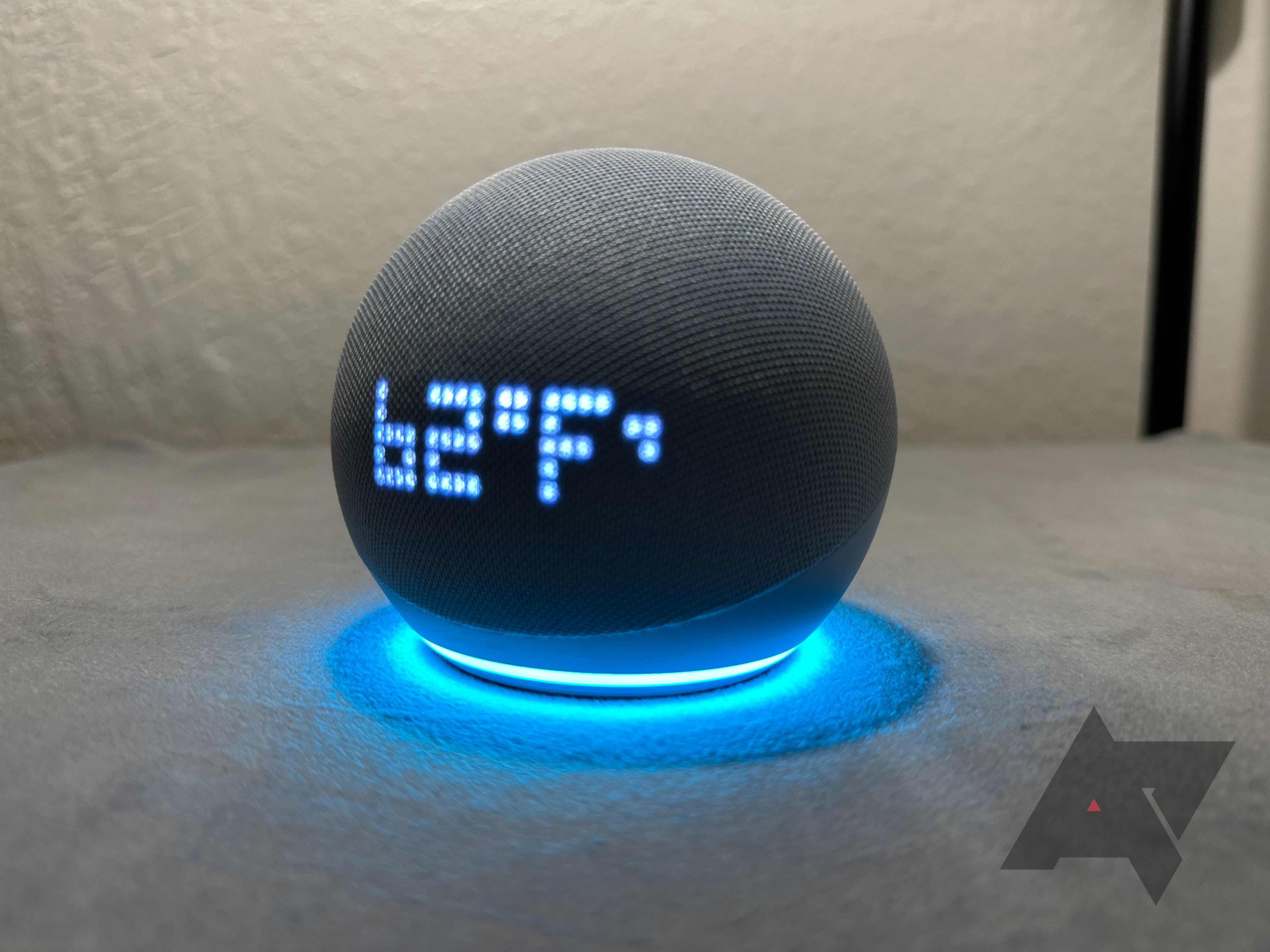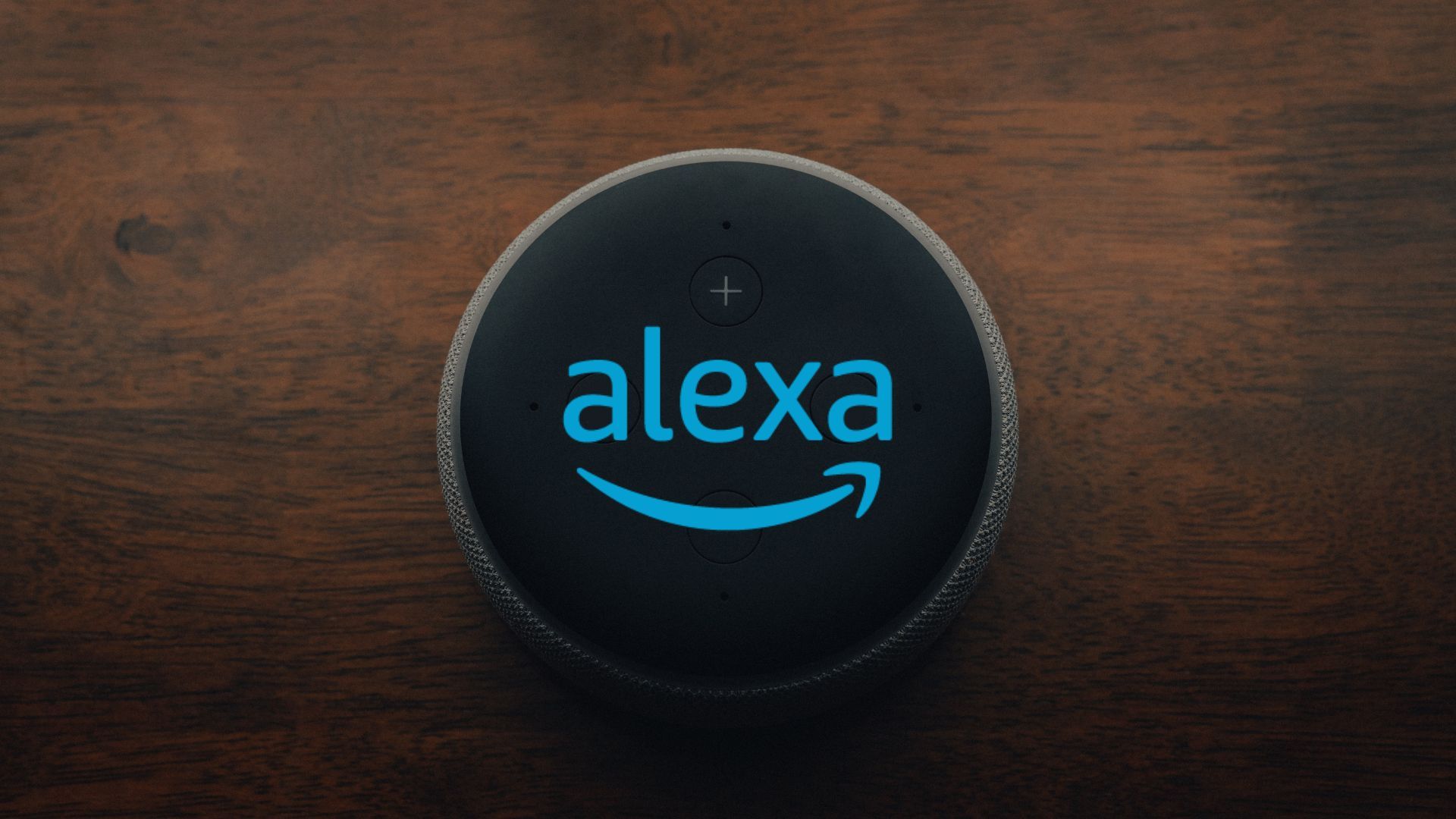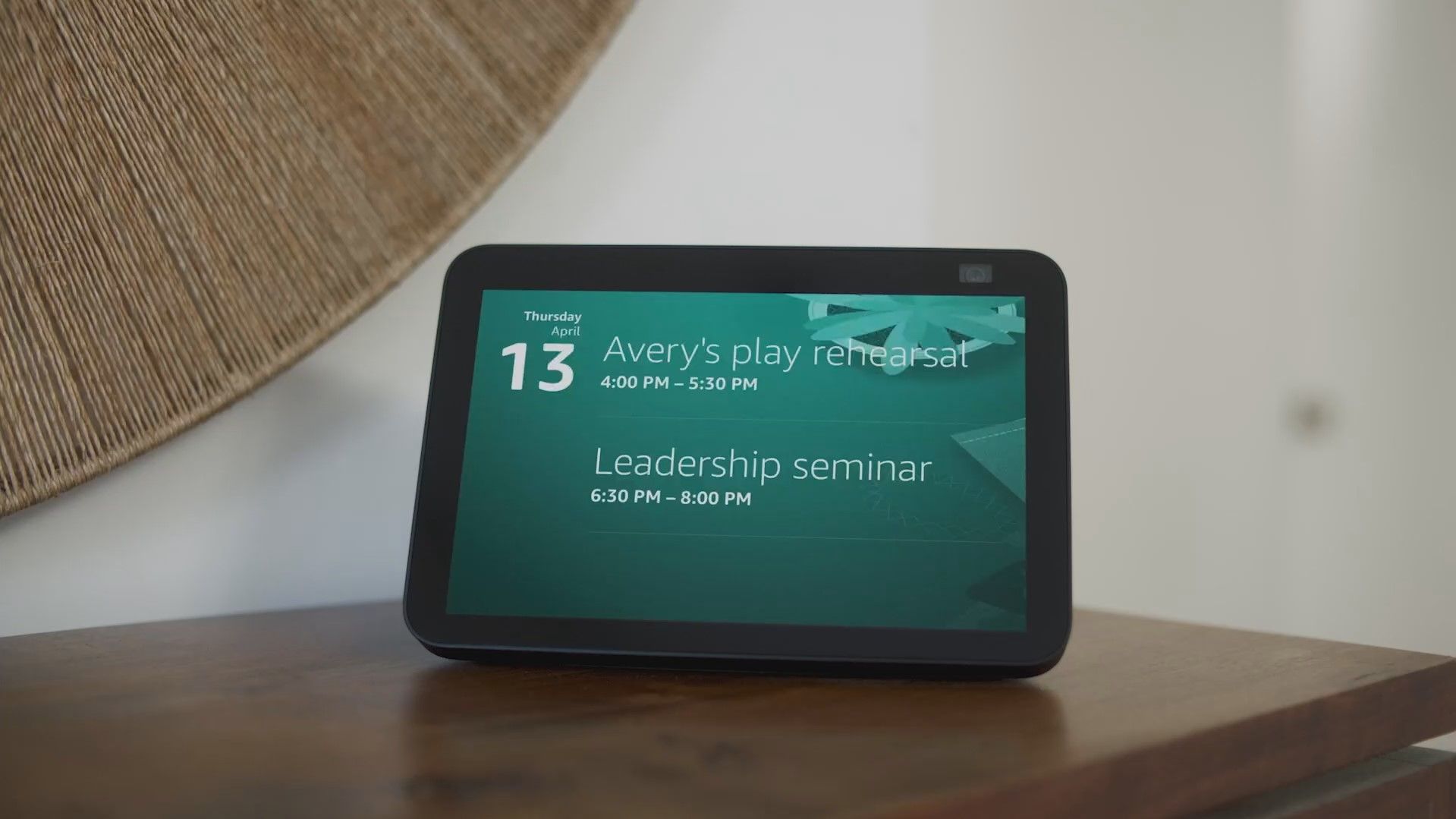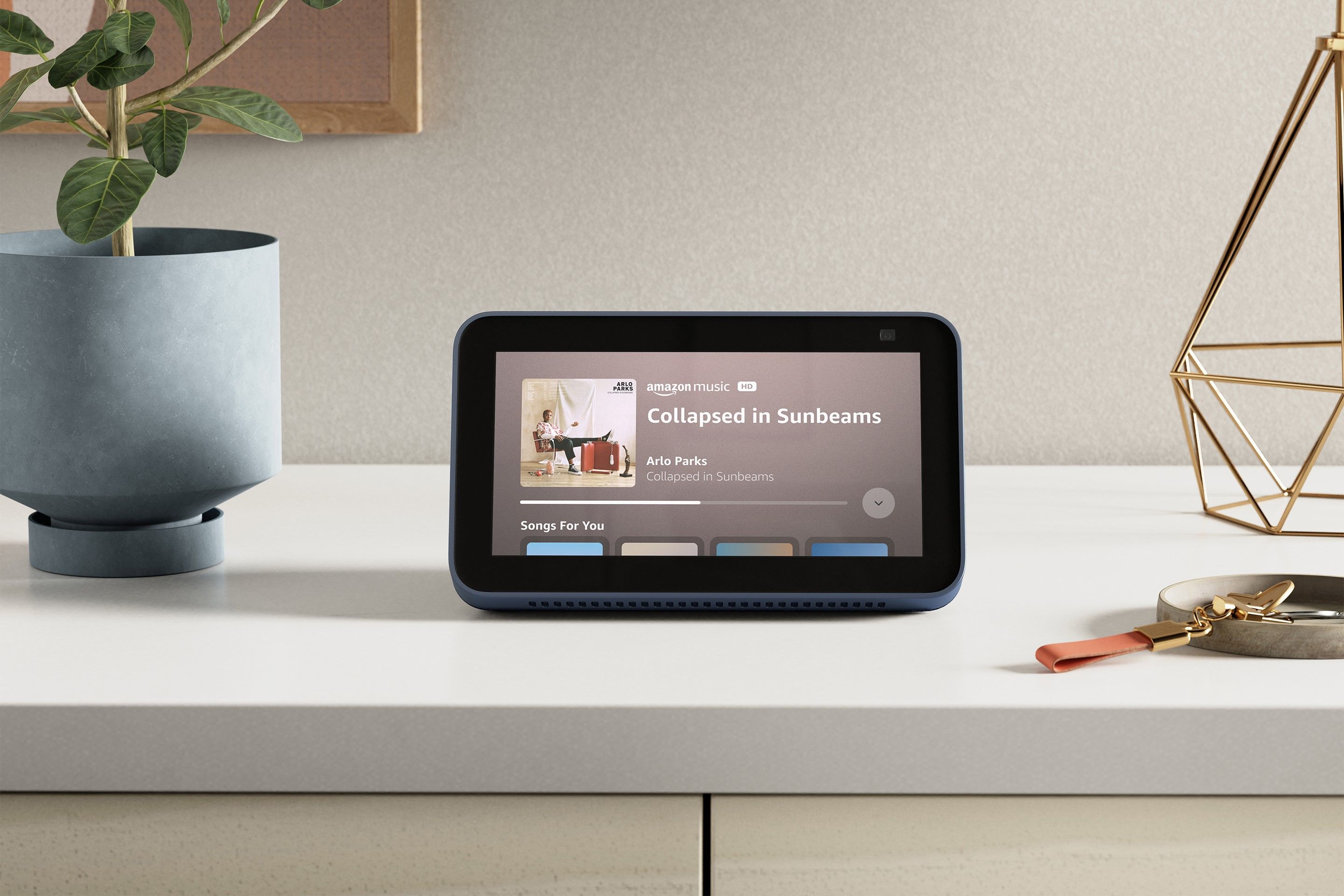Siri and Google Assistant might be king on mobile, but Amazon's Alexa dominates the smart speaker market in the U.S. The e-commerce giant's voice assistant launched in 2014 and has taken over the smart home market since then despite the onslaught from Google and Apple. Alexa might not come on your phone, but that doesn't mean Amazon's voice assistant is a slouch. Read below to learn about Alexa, its capabilities, the devices it supports, and more.
What is Amazon Alexa?
Alexa is Amazon's virtual assistant that competes with the likes of Google Assistant and Apple Siri. Its underlying technology was acquired in 2013 from Ivona, a Polish startup. Alexa was officially announced in 2014 — a couple of years ahead of Google Assistant — with the first generation Amazon Echo smart speaker serving as the launch platform.
Alexa is primarily found on smart speakers, smart displays, TVs, and other smart home devices. It isn't preinstalled on any smartphone, but you can download the companion Alexa app from the Google Play Store or App Store to access it. Since you're downloading a third-party app, it doesn't integrate and work with your device the same way Siri does on iPhone or Google Assistant on Android.
That doesn't mean Alexa is not as capable as its competitors. There's a reason why Alexa-powered devices dominate the smart speaker market in the U.S. It supports an expansive list of smart home products, and Amazon sells the hardware for an affordable price. Additionally, developers can create third-party skills to integrate their apps and services with the voice assistant. Alexa's success, however, may be on the decline, as Amazon reportedly laid off much of its Alexa team in November 2022.
You need an Amazon account to set up and use Alexa on any compatible device.
Which devices offer Alexa integration?
If you think Google Assistant is available on a lot of devices, you'll be surprised to see that Alexa is available on even more. Alexa is the highlight of the Echo-branded products from Amazon, including its Echo speaker and smart display lineup. Additionally, it is available on Fire TV-powered televisions from Amazon and other manufacturers, Fire tablets, select Sony and Bose headphones and speakers, Fitbit trackers, Portal smart displays from Facebook, select Samsung TVs, and more. There are also plenty of third-party Alexa-powered speakers on the market.
Apart from the devices mentioned above, Alexa is available on security cameras, door locks, Wi-Fi routers, and more. And if that's not enough, many automakers offer built-in Alexa support, including Chevrolet, Jaguar, Ford, Land Rover, and Lamborghini.

Alexa supports English, Arabic, Spanish, French, German, Italian, Hindi, Japanese, and Portuguese. It also has a multilingual mode, where you can seamlessly switch between two compatible languages while interacting with the virtual assistant.
Multiple devices now come with Google Assistant and Amazon Alexa built-in. However, you can't use both of them simultaneously. You must specify your voice assistant of choice while setting up the device.
How to use Amazon Alexa
Depending on the device you use, there are multiple ways you can call up Alexa. The simplest and fastest one is to say "Alexa."
If you're new to Amazon's virtual assistant and smart home hardware, you'll want to learn how to set up your Echo for multiple users and take a few minutes to tweak some privacy settings. You may want to take a second to set up an Echo Flash Briefing to keep track of the top news stories.
Once you have the basics covered, it's time for Alexa and you to get acquainted. Although a simple "Alexa" command followed by the query of your choice will often suit your needs, we created a list of essential Echo tips for smart speaker owners. If you use one of Amazon's smart displays, we created an in-depth list of Amazon Echo Show tips you'll want to know.
Alexa is getting better every day
If you're still thinking about the platform you want to use to power your smart home, one of our reporters documented what it was like to switch to Alexa after being a long-time Google Assistant user. You'll also want to learn more about the new Matter smart home standard. It should drastically improve interoperability for smart home hardware and accessories, and Amazon is pushing a Matter update to many of its devices.



